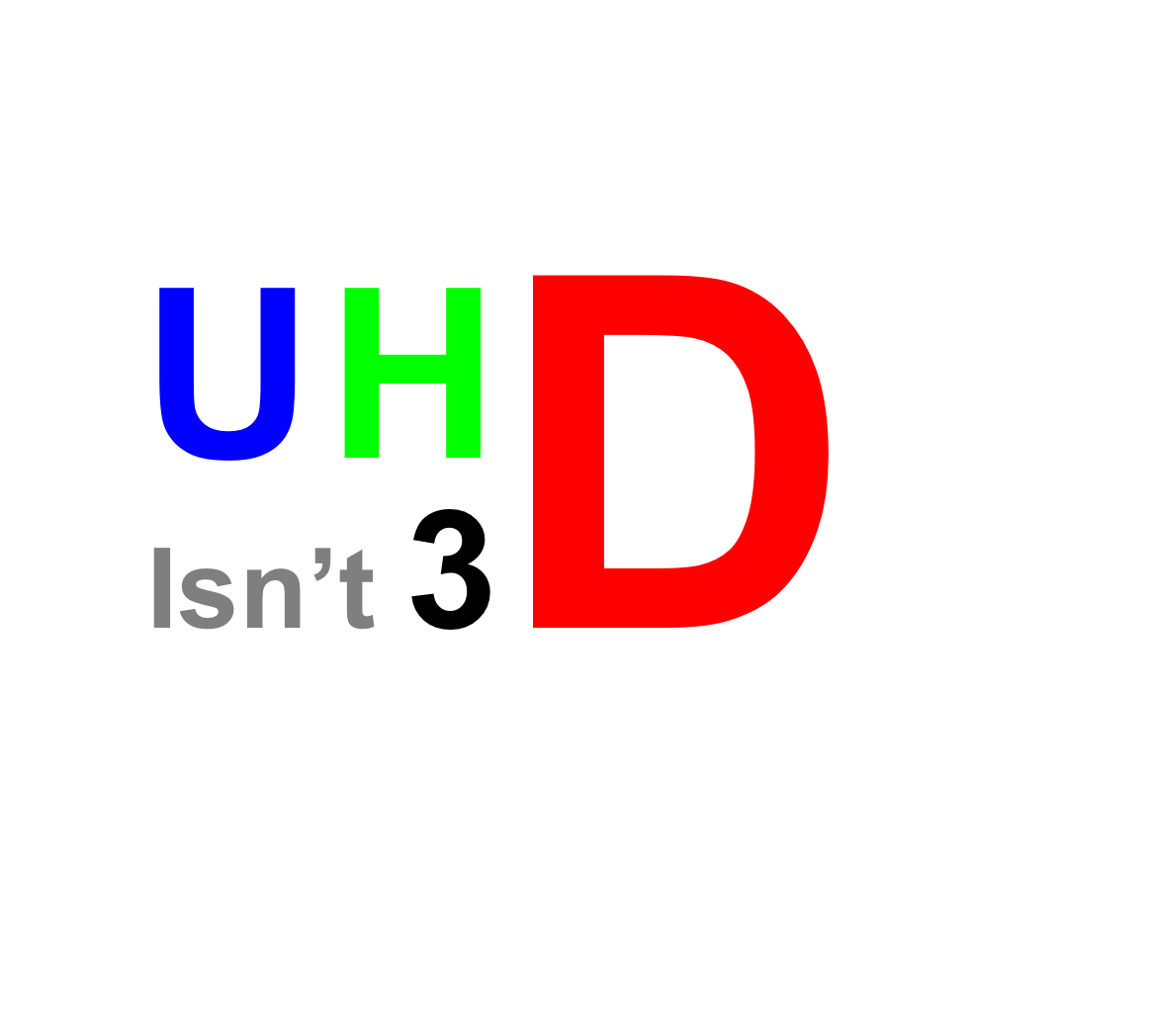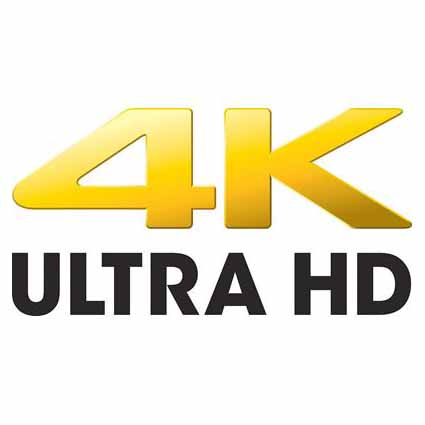The more hype the less genuine importance?
Rate-adaptive technologies occupy very little media space but will radically transform the Internet and broadcasting industries.
3D on the other hand is yet again making all the headlines (yes is has done several times over the decades), but I’m convinced this new surge of interest will barely be remembered as just another blip on the radar, a few years from now.
Counting Google hits is by no means science, and you write ‘3D’ in most languages as oppose to “rate adaptive” which is English only, but getting 170 million hits for the search “3D cinema OR TV” (limited to English language) while the search ”rate adaptive cinema OR TV” gets 240 thousand must portray a bit of the hype imbalance between the two topics.
Walking through the booths at IBC for example, you’ll see 3D used on booths whichever way you look, to entice wanderers-bye to stop. Counting the number occurrences of “rate adaptive” on booth walls will be easier!
First let’s look at one reason why 3D is generating such a fuss at places like IBC.
The global economy is apparently picking up after a recession and cyclic industries like the electronics industry need to have something new to push. 3D serves that purpose well. For set makers, there is now a wider and wider array of new high tech parameters to get people to think they need a new TV. On top of the traditional TV specs like screen resolution, size, contrast, colour management etc., there’s also now Internet connectivity, widgets, OTT services and home networking.
This list of features is also used to differentiate from competition. In the end, even if 3D never really takes off in the living room, the likes of Sony, Philips, LG, Sharp or Samsung will have benefited from the hype. 3D is just one of many many features and can only help sales.
Device makers make cool devices but - Apple apart – they don’t deliver cool services. For the 3D revolution to happen, content needs to start flowing.
Apart from the set makers, the other group that have a vested interest in making 3D take of are service providers who feel it would give them an added value.
Now for some reasons why this might remain hype and never make it to mass-market.
Today’s side-by-side trials by satellite operators actually have to reduce resolution. They basically split the screen and send the left and right components of the 3D stream on each half of the screen. Feedback I’ve had has been disappointing as viewers notice the drop in resolution from HD, which is not compensated for by 3D.
3D will have to be broadcast in full HD resolution to have an outsider’s chance of delivering its promise. To do this a bandwidth of 20% to 100% increase will be required. DSL and unmanaged Internet will drop out of the race, at least for live content. So the only stakeholders I see pushing hard to get the 3D bandwagon rolling are satellite operators – and in some cases FTTx and Cable operators – for whom bandwidth is less of a blocking point. That’s why Sky has several 3D initiatives and been showing some impressive demos for over a year, they rightly see 3D, if it takes off, as keeping them one stage ahead of the game.
But even the biggest marketing muscles are ineffective to make a person adopt something that doesn’t bring any benefit to them.
When a movie especially thought of for 3D comes along people will notice. But beyond aesthetics, this doesn’t answer a need expressed by users or yet imagined by marketers.
HD improves the experience of any content, whereas 3D is beneficial only to content specially designed and created for 3D. It’s a funny contradiction that the sex industry was one of the last to take up HD, (indeed who wanted more gynaecology?) but may take back its role as innovator for 3D (have a beautiful body passing right by your fingertips can have more effect that just seeing it in 2D). But beyond that early adoption, 3D will remain niche for most of us for a few years yet, because it doesn’t answer any of our needs. It might even remain niche forever like 3D photography has for over a hundred years.
Aesthetics alone can however make an impact if 3D becomes part of our culture. 3D will have to permeate all aspects of production, starting with design of the content; this is underway, but will take years.
***
Rate adaptive is a lot less sexy to talk about than 3D. Indeed there isn’t all that much to show, except maybe to geeks who understand what’s happening under the hood.
Rate adaptive technologies will however enable the delivery of services people have been wanting from the Internet from the outset. This month’s Wired magazine cover reads “The Web is Dead”, inside you’ll see they mean that it’s video in particular that is killing it. Delivering video over the Internet remains a challenge though. In the media space one of the rare companies out there that was saying this out loud was Verimatrix with their white paper from last year "Adaptive Rate Streaming: Pay-TV at an Inflection Point". They don't seem so focussed on the subject (at least on their Website in the sun up to IBC), I'll try and find out why and keep you posted.
An early implementation of rate adaptive technology from Move Networks led the market by several years and almost made it to the mainstream when they were rolling out web streaming services with major US studios. Somehow they failed in the last stretch. Positioning and marketing must be to blame, because the technology is beautiful. They have now moved out of the B2C space and head-ends and are concentrating on enabling TV delivery for corporate customers.
Rate Adaptive technology is picking up speed in the consumer market. It is one of the latest exciting things from all of Microsoft, Apple and even Adobe. Of course all the encoder manufacturers like Envivio support it too now.
UK’s project Canvas CTO Anthony Rose recently said it’s “essential for Quality of Experience on a range of Internet bandwidth”.
He’s right and there should be more fuss about it in the media it’s really much more significant than 3D.
Bad quality and unreliability have been real killers to both user aspirations and business models for all Web streaming efforts from even before the Internet bubble days.
The traditional pay-TV model may survive in a renewed shape, but even the most conservative execs in the industry agree there is a major shake-up underway and OTT is one of its names. Content owners frown upon many OTT ventures, but to reassert control, content owner are investing themselves heavily in TV-Everywhere initiatives so that consumers have access to premium content from anywhere. That means pushing content across unmanaged networks.
Google’s entry into the market reinforces the feeling of unstoppable change.
As the MP3 and music industries debacle showed, people want more freedom in consuming content. Companies, TV content creators included, need to make money. Rate adaptive technology is the key enabler for both to be satisfied.
User surveys invariable show that consumers are happy to pay for content; as long as technology is seamless and doesn’t get in the way. Price points will find their natural equilibrium on their own.
Finally a little technical perspective [geeks only from this point]: what do you actually need to deliver rate adaptive say in a STB? A recent LinkedIn post by Amino’s CTO Dominique Le Foll puts it nicely in a nutshell.
The most high-level requirement is to adapt quickly and automatically to a change in available bandwidth. All components of the stream must of course remain synchronised (video, audio, teletext / closed caption). All features requiring significant processing must be supported by hardware (demux, decode, etc.). Trick modes must be supported for Fast Forward, Rewind, Pause, etc. Of course the technology license must be affordable and content protection must be possible. I also agree with Dominique that streaming should be based on http. This is the best solution via the NAT in end-user’s home, but it also means that in some implementations of the technology (e.g. Move Networks), streams can make use of cheap HTTP caches throughout the Internet (this is akin to free multicast feature in the network). Adjusting the initial buffering level will be tricky to achieve good TV user experience, but who said it would be easy?


